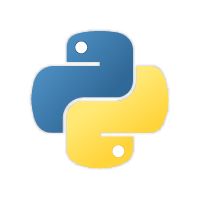
TLDR; The PSF has made the decision to put our community and our shared diversity, equity, and inclusion values ahead of seeking $1.5M in new revenue. Please read and share. pyfound.blogspot.com/2025/10/NSF-...
🧵
@andpdb.bsky.social
Staff scientist @tigem.bsky.social | Computational structural biologist

TLDR; The PSF has made the decision to put our community and our shared diversity, equity, and inclusion values ahead of seeking $1.5M in new revenue. Please read and share. pyfound.blogspot.com/2025/10/NSF-...
🧵
Join our lab dibernardo.tigem.it for the #ERC-funded project DIMERCIRCUITS at @tigem.bsky.social. We are building synthetic gene circuits to power next-generation gene and cell therapies. We are looking for candidates with a PhD in #SyntheticBiology or related. Apply by email: dibernardo@tigem.it
10.09.2025 10:36 — 👍 2 🔁 2 💬 0 📌 0🚀 Launch your career in advanced gene and cell therapies! 🚀
RAREFIND #MSCA-COFUND #PhD Programme opens its call for applications!
👉Know more and apply now: www.rarefind-cofund.eu
#RAREFINDPhD
Exciting to see our protein binder design pipeline BindCraft published in its final form in @Nature ! This has been an amazing collaborative effort with Lennart, Christian, @sokrypton.org, Bruno and many other amazing lab members and collaborators.
www.nature.com/articles/s41...
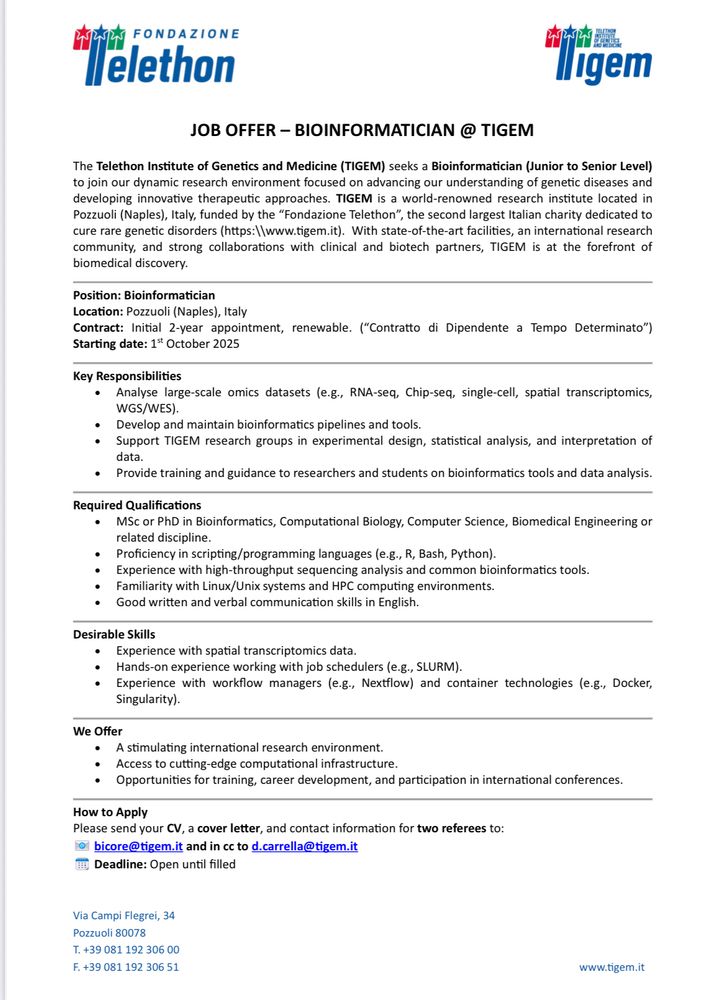
We are hiring a Bioinformatician expert in NGS for our Bioinformatics Core @tigem.bsky.social please share with anyone that may be interested.
22.07.2025 07:23 — 👍 2 🔁 1 💬 0 📌 0
Very nice presentation of @eriklindahl.bsky.social about his work to integrate AI, MD and experiments. 🤩 #EBSA2025
04.07.2025 07:17 — 👍 7 🔁 1 💬 0 📌 0Are you curious about ligand selectivity and modulation mechanisms of the voltage-gated potassium channel Kv7 family? Stop by Poster #39!
#EBSA2025 #IonChannels #StructuralBiology #ComputationalBiophysics
Excited to be at #EBSA2025!
Today I'll present my postdoc project carried out under the supervision of @delemottelab.bsky.social and with the collaboration of Sara Liin and her amazing team!

🌍 Attending #ASGCT2025 in #NewOrleans?
Don’t miss this Scientific Symposium hosted by the Coalition of International Gene Therapy Societies:
📌 Clinical Trials Around the Globe
🗓️ [Today, May 16th]
🕗 8:00 AM – 9:45 AM
📍 Room 293–296
#GeneTherapy #ASGCT #AAV #Retina #LiverGeneTherapy #RareDisease

A new paper hitting the press: Gene therapy for AIPL-1 retinal dystrophy. Almost all kids with this can only perceive light, at best. Getting early will help with vision also neurodevelopment and psychosocial aspects. 🧬 ⭐ 👁
www.thelancet.com/journals/lan...

Preprint! All-atom structures of 2 folding intermediates on the ribosome, along parallel pathways & conserved across Ig domains, by 19F NMR & MD
Co-led by @julianstreit.bsky.social, & thanks twlodarski.bsky.social, Alki, Lisa & John Christodoulou!
#nmrchat #compbio
www.biorxiv.org/content/10.1...

BoltzDesign1: Inverting All-Atom Structure Prediction Model for Generalized Biomolecular Binder Design by @yehlincho.bsky.social @martinpacesa.bsky.social @sokrypton.org 🧶🧬
www.biorxiv.org/content/10.1...

Fig 3d Scatterplots compare xT-Fold predictions (x axis) to other models (y axis), color coded by perplexity (green for high, purple for low).
Yet another PLM, this one with 100B params, that fails to outperform AF2 (93M params) when MSAs are provided www.nature.com/articles/s41...
04.04.2025 13:49 — 👍 16 🔁 4 💬 2 📌 0We are recruiting a colleague to our division at Chalmers in Data-Driven Life Science (broadly defined), a competitive starting package is offered and you get to be part of a support, yet young and ambitious research environment. Apply here: www.chalmers.se/en/about-cha...
03.04.2025 09:55 — 👍 9 🔁 6 💬 1 📌 3Honored to be part of @tigem.bsky.social and Fondazione Telethon
02.04.2025 13:40 — 👍 0 🔁 0 💬 0 📌 0
Leung et al. used deep autoencoders with outlier detection to guide weighted ensemble simulations of NTL9 folding, achieving up to threefold better efficiency than standard methods. pubs.acs.org/doi/full/10....
21.03.2025 10:41 — 👍 4 🔁 1 💬 0 📌 0
Chronowska et al. introduce the Protein Design Archive, a curated database of over 1,500 de novo designs, revealing rapid growth from rational to deep learning–based methods. Their website offers key metrics and filtering tools for guiding future designs. www.nature.com/articles/s41...
21.03.2025 14:45 — 👍 6 🔁 4 💬 0 📌 0In Brief: A potential first-in-class treatment using @boehringerglobal.bsky.social's lentivirus-based CFTR gene addition therapy for cystic fibrosis begins clinical trials www.nature.com/articles/s41...
rdcu.be/eecLO

🚨 The latest study from #NatureCommunications, led by Pasquale Piccolo, systematically evaluated AAV-mediated liver transduction across different fibrosis models.
12.03.2025 17:36 — 👍 7 🔁 4 💬 1 📌 0
🚀 PhD Opportunity – NC-mTORC1 & Genetic Diseases!
Join @tigem.bsky.social & Univ. of Naples to explore Non-Canonical mTORC1 signaling in mTORopathies like BHD & TSC!

🚀 Our mission 🧬
Our mission is to push scientific boundaries through cutting-edge research, innovative therapies, and training the next generation of biomedical experts.
Learn more: www.tigem.it
✨ #Genetics #RareDiseases #MedicalResearch

Figure 2: Network layout of the rMD informed autoencoder. The basic encoder compresses the flattened Cartesian coordinates of protein structures from MD simulations into a low-dimensional latent space (magenta dot) via fully connected network layers gradually shrinking in size. The decoder then reconstructs the original Cartesian representation from the LS using expanding layers. The blue CRBN structures represent inputs from simulations, while the red structures are their network-generated outputs. The autoencoder is trained using the ”predLoss” layer, minimizing the Loss2 function, which calculates the average RMSD between inputs and outputs. The 5 different point clouds show 5 different LS point distributions (orange-training set, blue-validation set) after training the basic network, initializing it with different random seeds. The informed autoencoder introduces an additional loss layer, ”latentLoss” and a loss function Loss1. The input for Loss1 are the LS coordinates and the target are the CV coordinates (purple ”colVars” box). By simultaneously optimizing Loss1 and Loss2, the trained network will compress the original trajectory frames into a unique latent space where LS coordinates have an approximate one-to-one correspondence with the CV coordinates as shown in Fig. 3.
Collective variables from MD simulations can be linked to the learned latent dimensions of an autoencoder for generative modeling of conformational interconversion trajectories www.biorxiv.org/content/10.1...
24.02.2025 08:47 — 👍 31 🔁 7 💬 1 📌 0The BioEmu-1 model and inference code are now public under MIT license!!!
Please go ahead, play with it and let us know if there are issues.
github.com/microsoft/bi...

This year's version of GROMACS is out!
If you want to hear about the new features and performance improvements join our #webinar on 18 February 2025
Registration ➡️ bit.ly/40Ebbme
#moleculardynamics
Predicting absolute protein folding stability using generative models
@mcagiada.bsky.social @sokrypton.org & I used ESM-IF to predict ∆G for folding & conformational change
Paper, code and colab
📜 dx.doi.org/10.1002/pro....
💾 github.com/KULL-Centre/...
👩💻 colab.research.google.com/github/KULL-...
I will miss you all! (a good napolitan pizza is waiting for you in Pozzuoli now 😉)
09.12.2024 15:34 — 👍 1 🔁 0 💬 0 📌 0Thanks!
09.12.2024 14:42 — 👍 1 🔁 0 💬 0 📌 0
At TIGEM, we are looking for a motivated student/young researcher to start a new project on hyperactive enzyme design using deep-learning and physics-based methods! If you are interested, please get in touch with us tigem.it/newsroom/car...! Thank you for sharing it! #compchem #compbio
09.12.2024 14:37 — 👍 1 🔁 1 💬 0 📌 0I’m thrilled to announce that, in February next year, I’ll be starting a new role as a Staff Scientist at TIGEM in Italy! I’m truly grateful to my fantastic supervisor @delemottelab.bsky.social and the MBS group for an incredible two years in Stockholm! Tack så mycket!
09.12.2024 14:31 — 👍 5 🔁 1 💬 3 📌 0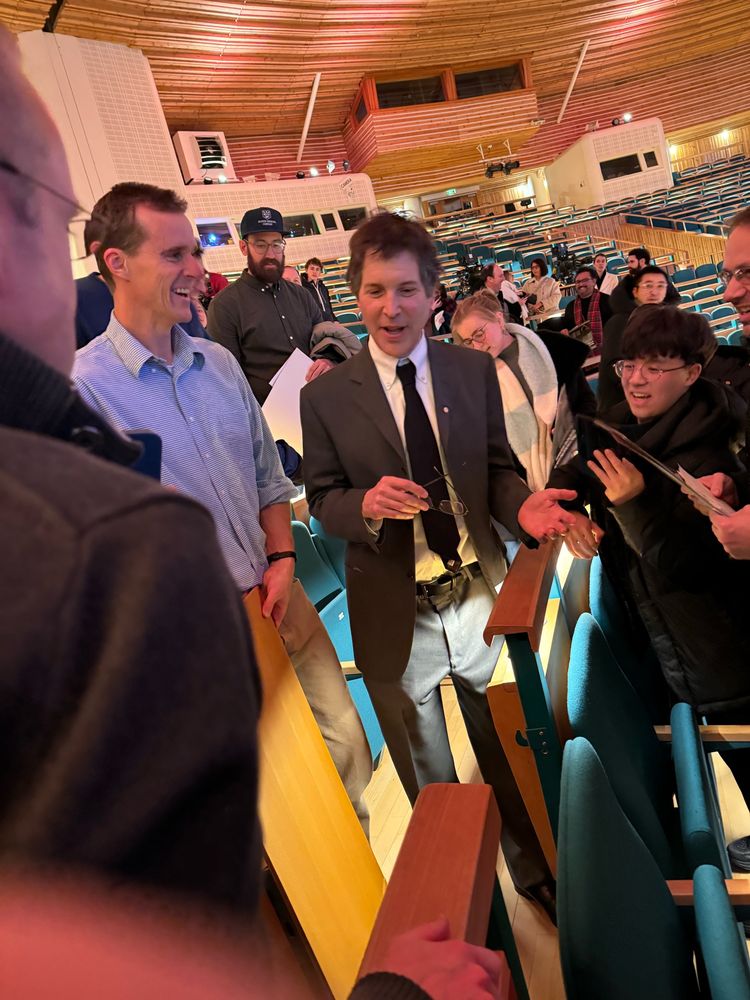
David Baker chats with Rosetta folks
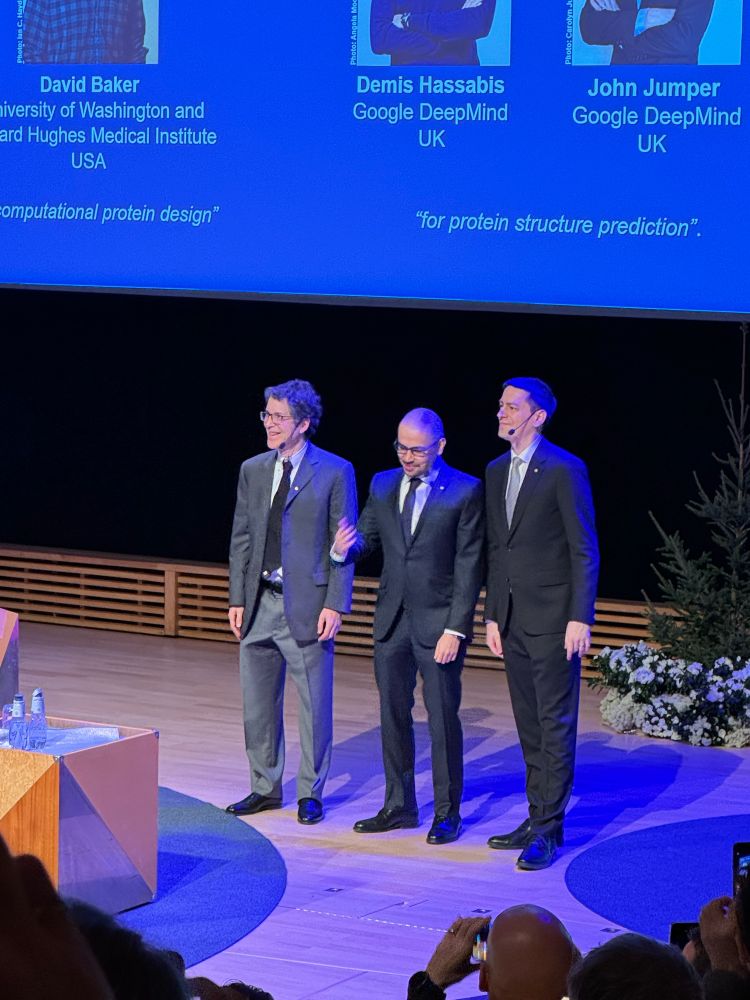
Nobel Laureates in Chemistry David Baker, Demis Hassabis, and John Jumper
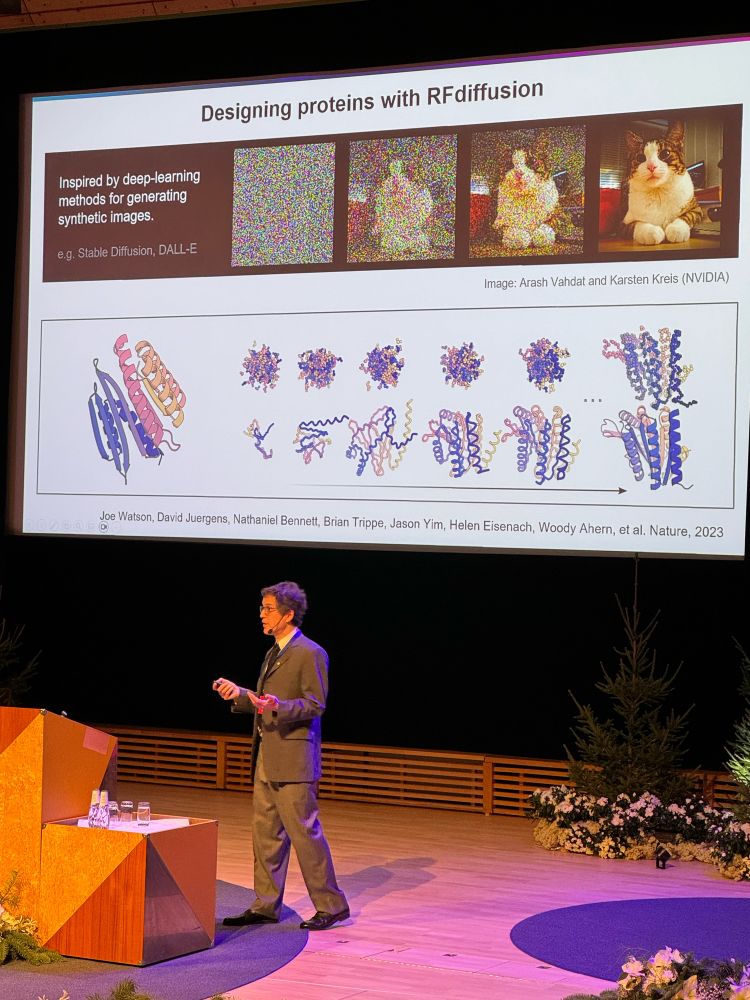
David Baker visits all the Rosetta folks after his Nobel lecture. And photo of all three Chemistry laureates - David Baker, Demis Hassabis, and John Jumper. An honor to be here in Stockholm to see this.
08.12.2024 12:47 — 👍 112 🔁 17 💬 1 📌 0